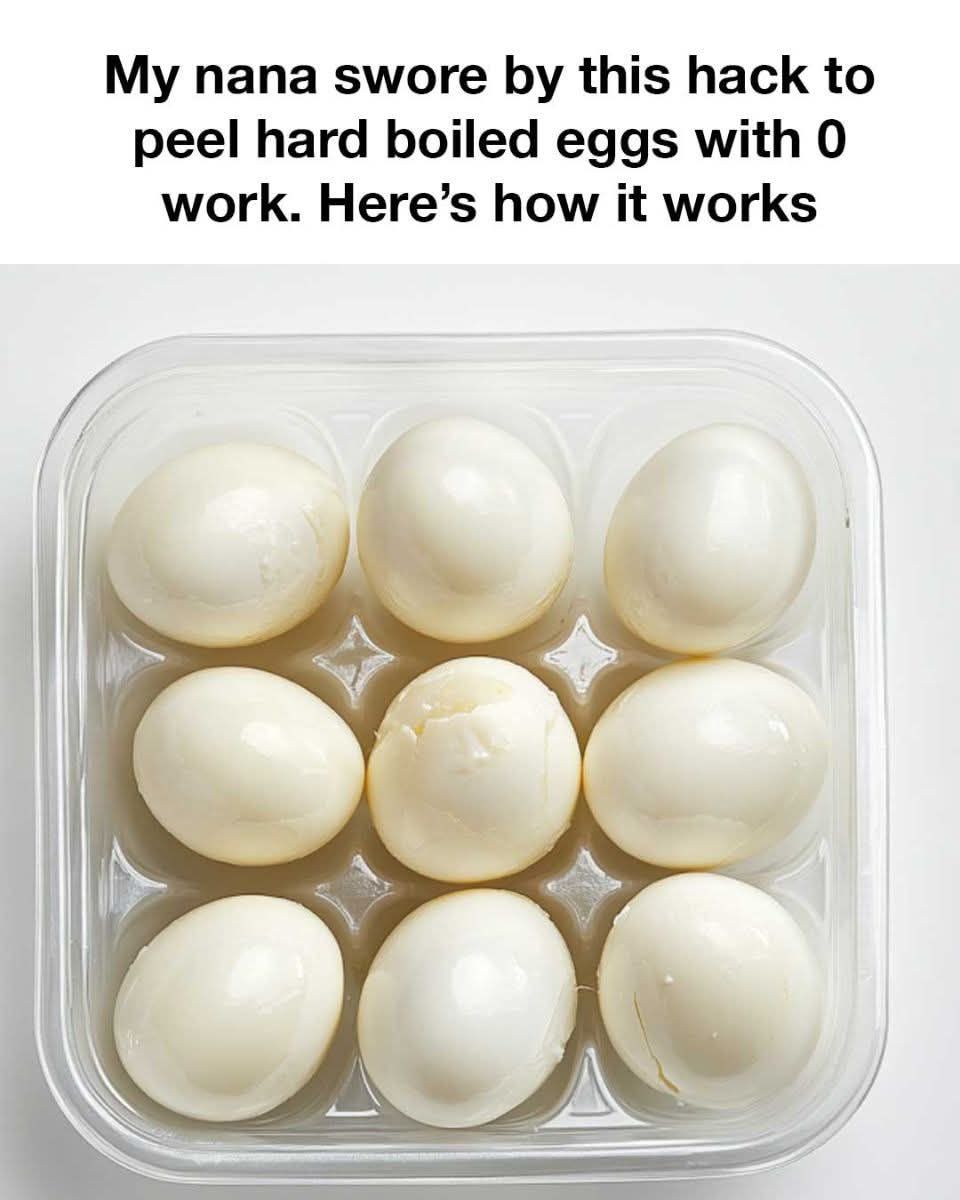ADVERTISEMENT
Method: The Timeless Tradition
The heart of this recipe lies in its method. Here’s how to create the perfect slow-cooked beef stew, just like my family has done for generations:
1. Brown the Meat
Start by heating 2 tablespoons of olive oil in a large Dutch oven or heavy-bottomed pot over medium-high heat. Once the oil is hot, add the beef stew meat in batches to brown it on all sides. This step is important because it seals in the juices and adds a rich, caramelized flavor to the stew.
2. Build the Flavor Base
Once the meat is browned, remove it from the pot and set it aside. In the same pot, add diced onion and minced garlic, and cook until softened and fragrant. If you’re using tomato paste, stir it in at this point to build even more flavor. Scrape up any browned bits from the bottom of the pot; these bits are packed with flavor and will enhance the stew.
3. Add the Liquid
Return the browned beef to the pot and add beef broth. Stir in dried thyme, dried rosemary, and bay leaf. The key here is to allow the flavors to slowly develop as the stew simmers. Bring the broth to a gentle simmer, and reduce the heat to low.
4. Slow-Cook the Stew
Cover the pot and let the stew simmer on low heat for about 2 to 3 hours. This slow cooking process is what allows the beef to become tender and the flavors to meld together perfectly. The longer it cooks, the richer and more flavorful the stew becomes.
5. Add the Vegetables
After 2-3 hours, add the carrots, potatoes, and celery to the stew. Stir to combine, then cover and continue simmering for another 1-2 hours, or until the vegetables are tender.
6. Thicken the Stew (Optional)
If you prefer a thicker stew, you can create a simple slurry by mixing 1 tablespoon of flour with a bit of water. Stir this into the stew during the last 30 minutes of cooking. It will thicken the broth and make the stew even heartier.
7. Finish and Serve
Once everything is cooked to perfection, taste and adjust seasoning with salt and pepper as needed. Remove the bay leaf before serving. Ladle the stew into bowls and enjoy!
Why This Method Works
The slow-cooking method is what sets this recipe apart. By cooking the beef and vegetables over low heat for several hours, you allow the flavors to deepen, the meat to become tender, and the broth to thicken into a rich, flavorful base. This method requires patience, but the result is a meal that’s full of comforting, homey goodness.
The Legacy of Family Recipes
As I prepare this dish, I think of the generations before me—my great-grandmother, grandmother, and mother—who’ve made this stew with love and care. The method, the ingredients, and the love put into the dish have remained unchanged, and it’s a reminder of how food has the power to connect us to our roots and traditions.
Passing down a recipe isn’t just about the ingredients or the cooking technique—it’s about keeping family history alive. Every time you make a dish that’s been handed down through generations, you’re partaking in a shared experience that transcends time.
Final Thoughts
This slow-cooked beef stew recipe is more than just a meal—it’s a link to my family’s past and a tradition that I hold dear. The method that’s been passed down through generations is simple but powerful: take your time, savor the process, and let the flavors develop slowly. Whether you’re making this stew for a family dinner or a special occasion, you’re not just making food—you’re continuing a beautiful tradition.
So next time you’re in the kitchen, remember the recipes that have stood the test of time. They’re not just about feeding the body; they’re about nourishing the soul, creating memories, and celebrating the bonds that tie us all together.
